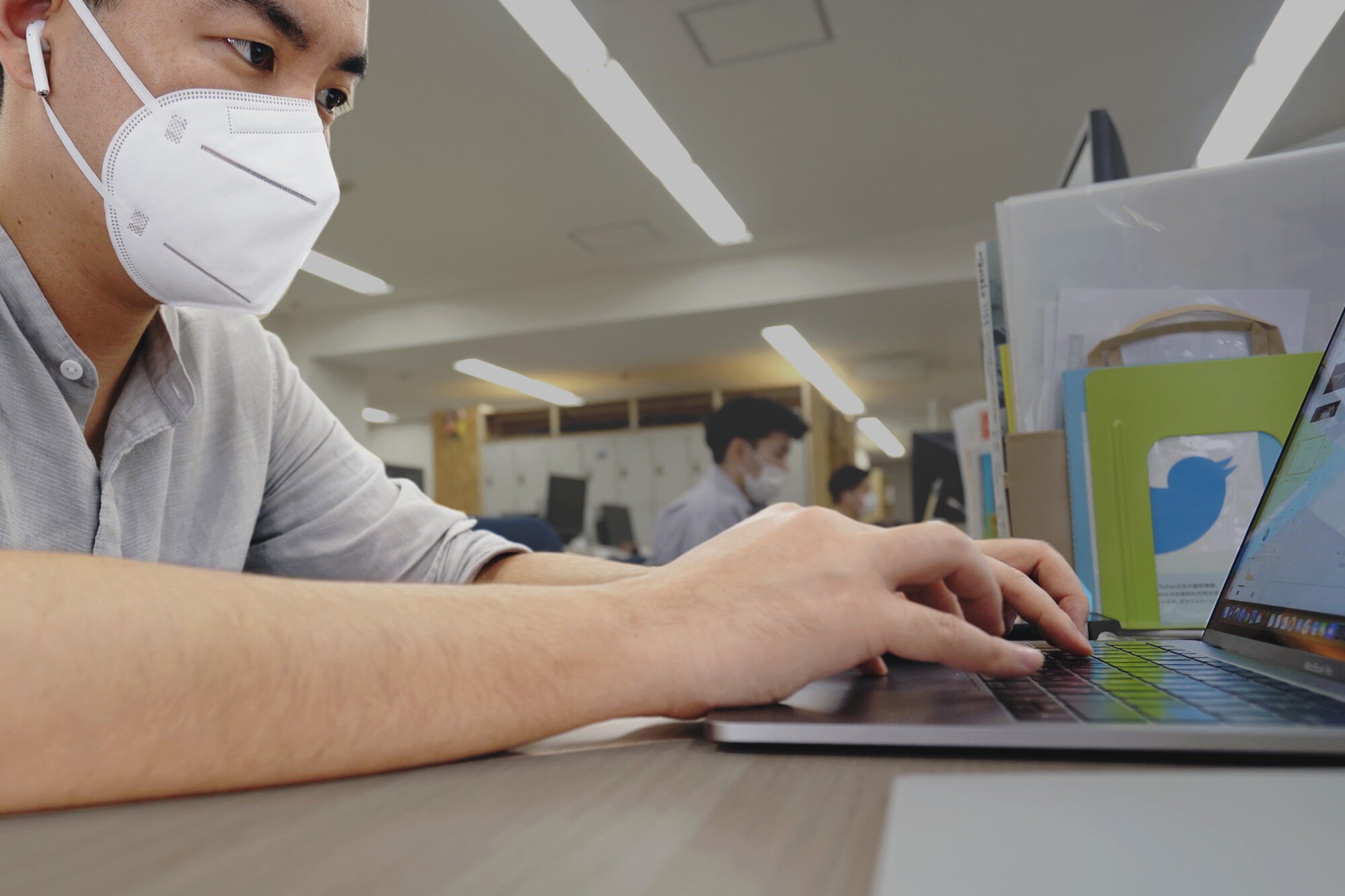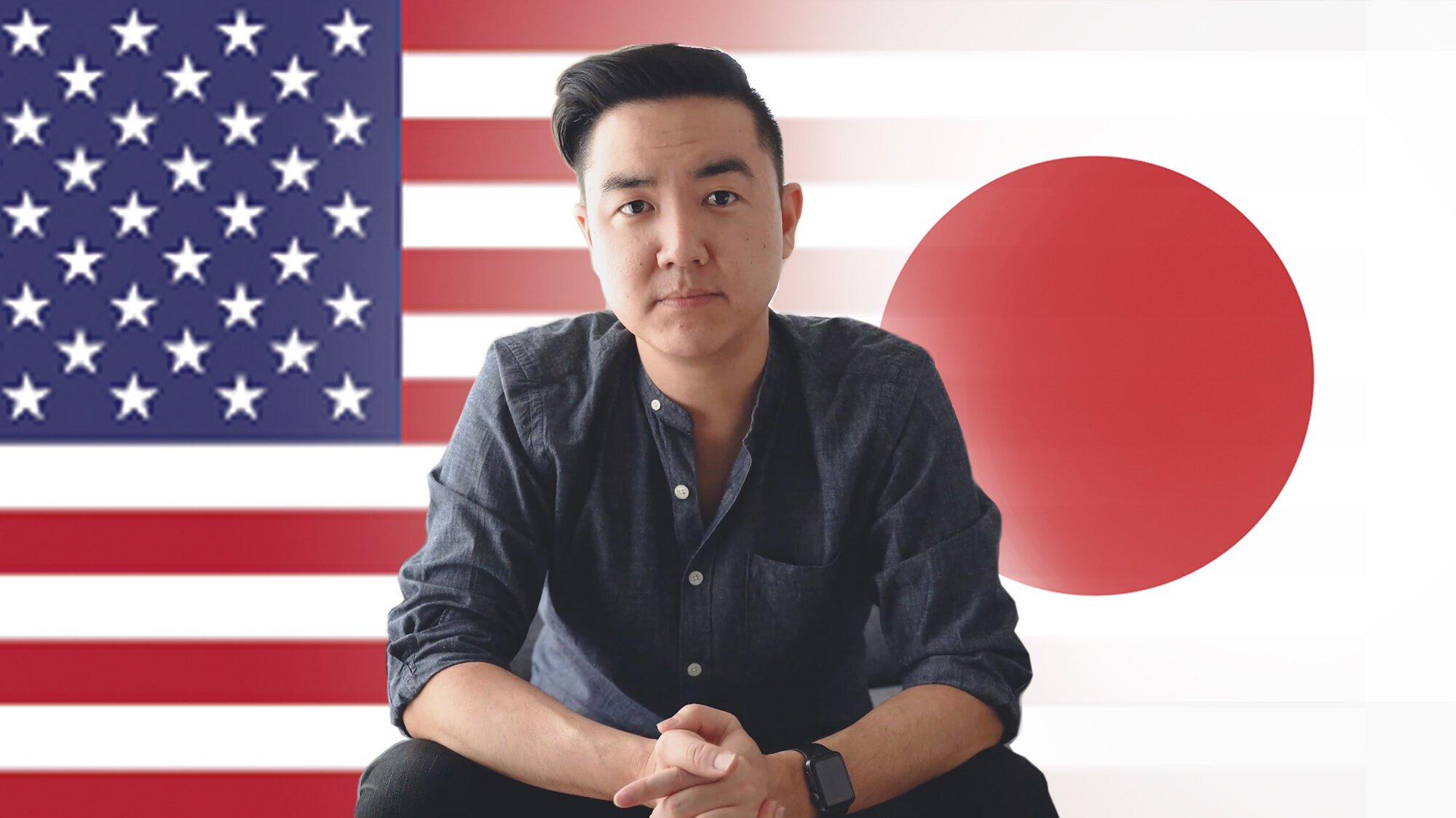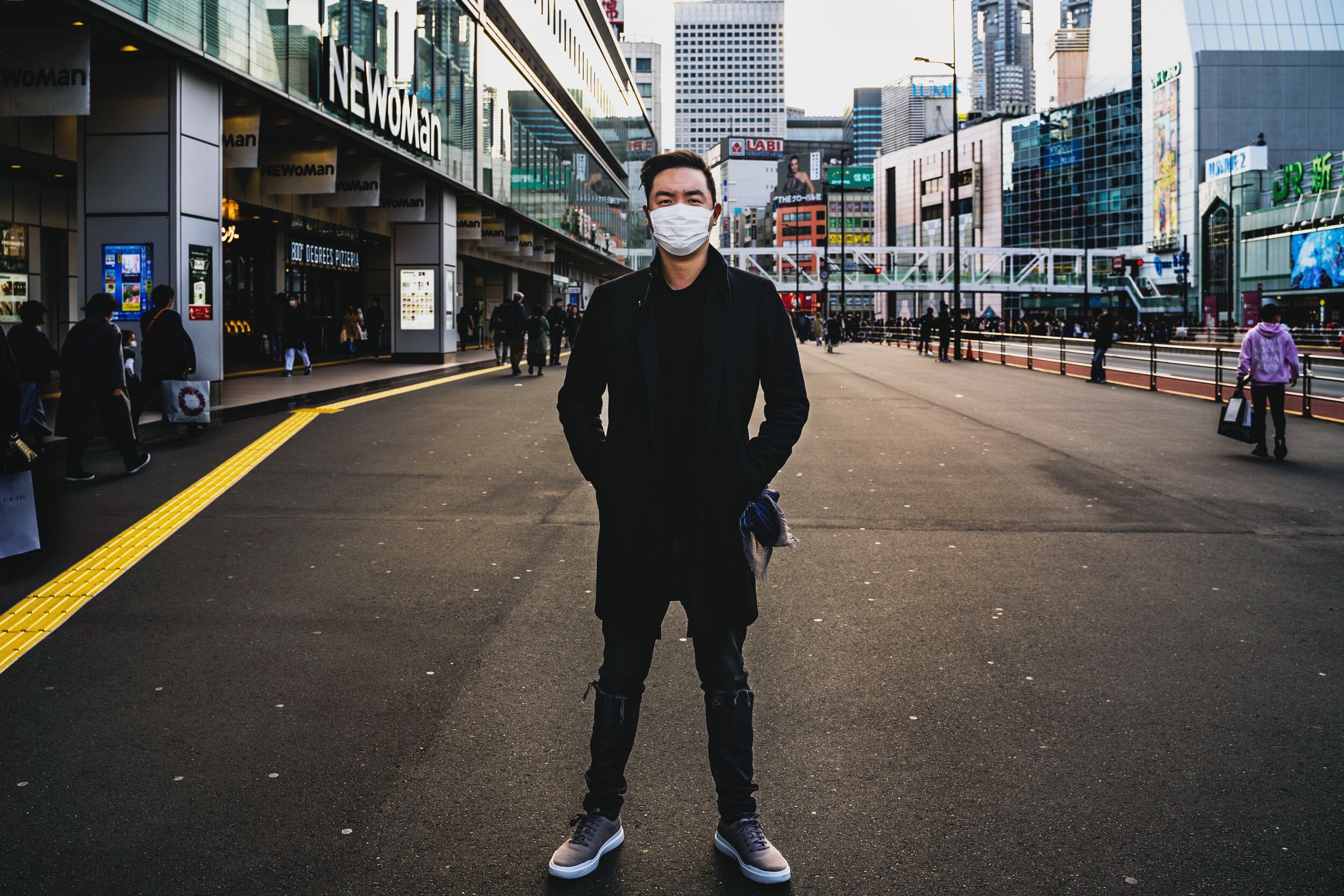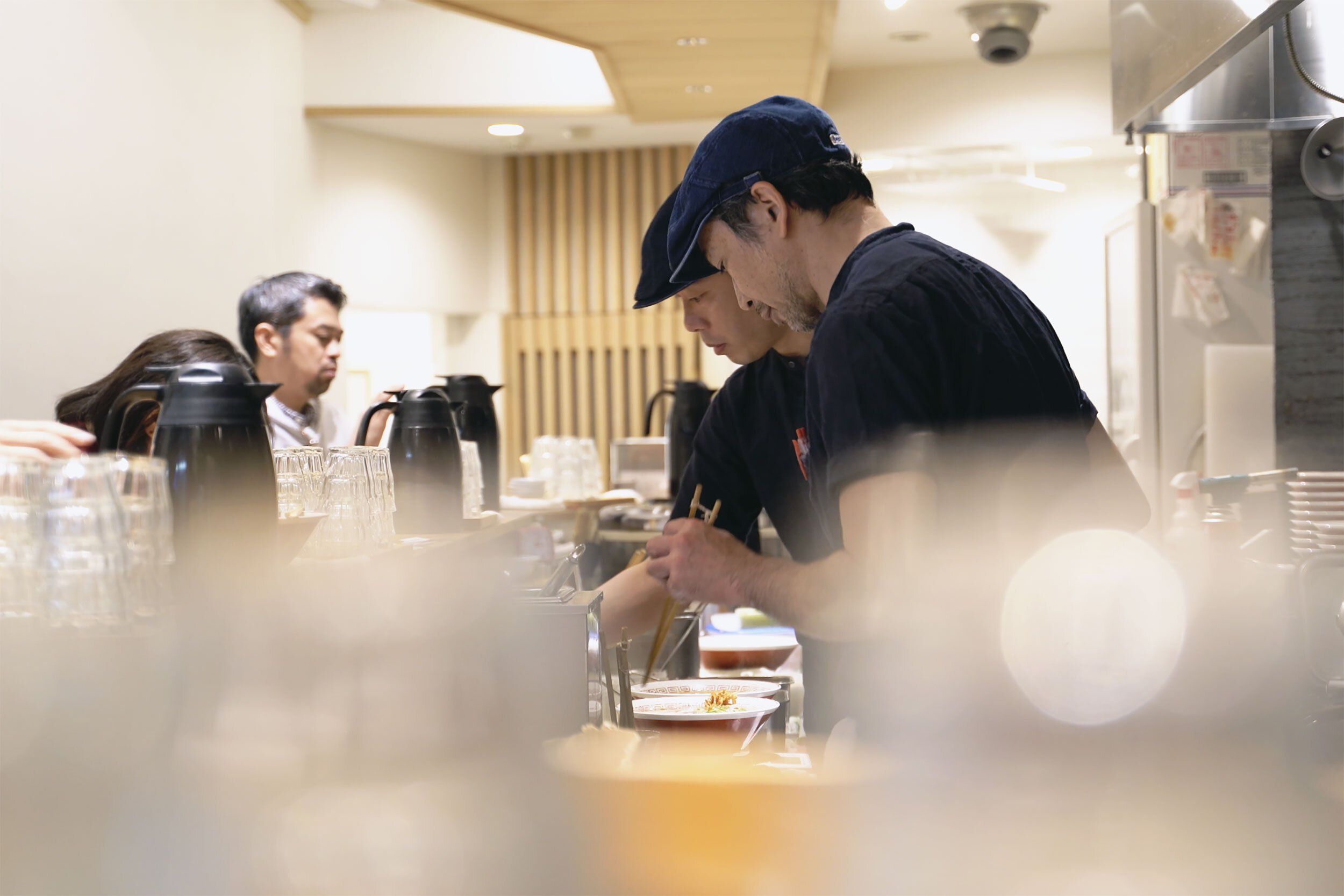First Day Back in the Tokyo Office After Lockdown
What it’s like to go back to work in Tokyo after the COVID-19 / Coronavirus pseudo-lockdown.
Living in Japan as a Japanese-American
My experience living in Japan as a Japanese-American, both in the countryside and in the city.
Working in Japan Can Be Lonely
Due to language, cultural and mindset barriers, working at a Japanese company as a foreigner can be unintentionally lonely at times.
How Brands in Japan are Responding to COVID-19
What some brands and celebrities in Japan are doing in reaction to COVID-19/Coronavirus.
Working From Home in Tokyo
A look at working from home in Tokyo, as the city is now in a quasi-lockdown and tries to reduce person-to-person contact by 70%.
Japanese Celebrities to YouTube Stars: Haruna Kawaguchi
Haruna Kawaguchi is the latest Japanese celebrity to become a YouTuber.
Life in Tokyo During the Coronavirus Pandemic
How it’s like living and working in Tokyo during the COVID-19 / Coronavirus pandemic.
Typical Workday Lunch Costs in Tokyo
What my typical lunches on Tokyo workdays are like and how much they cost.
Why Japan Has Strange English Ads
Why big companies in Japan use strange English in their ads - My thoughts after working in a Japanese marketing agency
What New Years in Japan is Like
Spending the full New Year’s holiday in Tokyo for an authentic Japanese New Year’s experience.
Instagram in Japan in 2019
All about Instagram use in Japan in 2019. Information from the Instagram Day Tokyo 2019 event.
What You Get in Tokyo for $950/Month
What is a typical studio apartment in central Tokyo actually like? My approx. $950/month apartment in Setagaya, Tokyo.
How I Found My First Apartment in Tokyo
The process I went through to move to Tokyo and find an apartment to live in.
10 Years Living in Japan - A Reflection
This is why I moved to Japan and why I’ve stayed for 10 years. The plan was 2 years.
About Japanese Students Cleaning Their Schools
Japan is praised for having their students clean their schools. Here’s my experience seeing it firsthand.
Valentine's Day Differences in Japan That You Can See
Girls give guys chocolates and a few other easy-to-see differences in Japan on Valentine's Day.
Why Street Photography in Japan Can Be Difficult
A lot of times, photography in public and private spaces aren't so different.
Japanese and Social Media — A Little Different
Japanese have adapted to using international social networks, yet, their preferences and usage differs a little.
Things About to Start Trending Amongst Japanese Teenage Girls in 2017
Apps, people and businesses that may begin trending in Japan in 2017 amongst teenage girls.
Finding a Job in Japan
The way I found a job in Japan is an often unknown and underused tool. I explain it here.



















